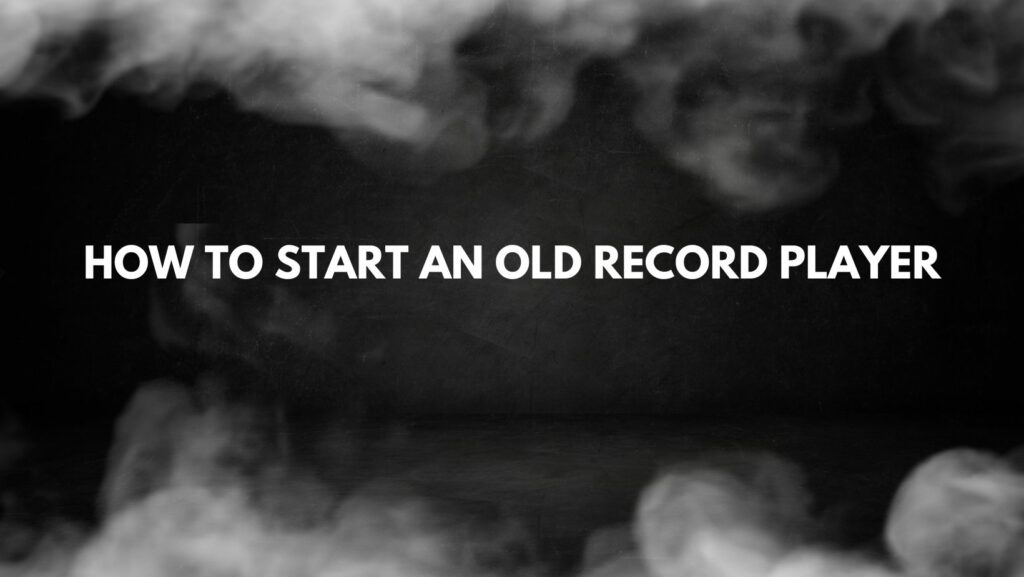In an era dominated by digital music, there’s a timeless allure to the warm, crackling sounds of vinyl spinning on an old record player. Whether you’ve inherited a vintage turntable or stumbled upon a treasure at a flea market, reviving these classic devices requires a blend of knowledge, care, and a touch of patience. This guide will walk you through the essential steps to breathe new life into your old record player and rekindle the magic of analog audio.
- Inspecting and Cleaning: Before plugging in your vintage record player, conduct a thorough visual inspection. Check for dust, dirt, or any visible damage. Gently clean the exterior with a soft cloth, and use a brush or compressed air to remove debris from the nooks and crannies.
- Checking the Belts: Many older turntables use belts to drive the platter. Inspect the belt for signs of wear, looseness, or deterioration. If the belt appears damaged, it’s advisable to replace it with a new one, ensuring smooth and consistent rotation.
- Examining the Stylus and Cartridge: The stylus (needle) and cartridge are crucial components for reproducing sound. Carefully inspect the stylus for any visible damage and replace it if necessary. Check the cartridge connections and ensure they are secure. Upgrading to a modern cartridge can enhance audio quality.
- Calibrating the Tonearm: Proper tonearm calibration is essential for accurate tracking and playback. Adjust the tracking force and anti-skate settings according to the turntable’s specifications. Consult the user manual or seek guidance from online resources for your specific model.
- Powering Up Safely: Gradually introduce power to the old record player. Use a power source with the correct voltage to avoid damage. If your turntable has been in storage for an extended period, let it run without a record for a few minutes to allow the components to warm up.
- Testing the Speeds: Vintage turntables often feature multiple playback speeds, commonly 33 1/3, 45, and sometimes 78 RPM. Test each speed with a known-good record to ensure accuracy. If the speed is inconsistent, it may indicate an issue with the motor or belt.
- Addressing Hum and Grounding Issues: Hum or grounding problems are common in older record players. Ensure the turntable is properly grounded, and consider using a separate grounding wire if necessary. Check for loose connections and address any issues that may contribute to unwanted noise.
- Fine-Tuning the Sound: Experiment with the tone controls, if available, to find the optimal balance for your audio preferences. Keep in mind that older record players may not have advanced equalization options, so adjustments may be limited.
Conclusion:
Reviving an old record player is a rewarding endeavor that allows you to tap into the rich history of analog audio. By carefully inspecting, cleaning, and calibrating your vintage turntable, you can breathe new life into this nostalgic piece of technology. With a bit of dedication and attention to detail, you’ll soon find yourself transported to a bygone era of music, where the timeless charm of vinyl records continues to captivate audiophiles around the world. Happy spinning!

